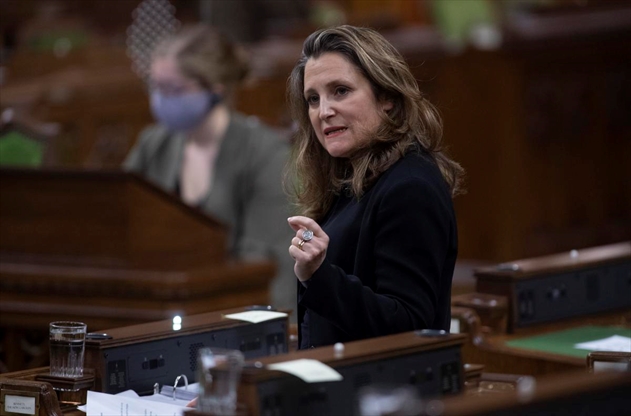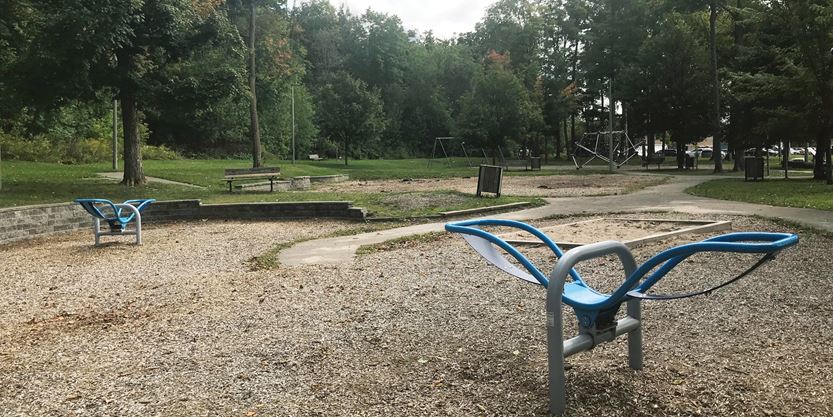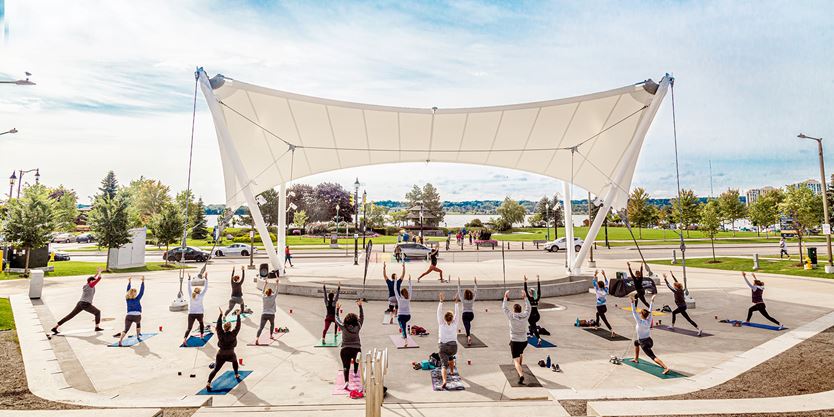‘This will be the final nail for a lot of places’: Restaurants, fitness studios see doom in Toronto’s new 28-day ban
As he pondered the news that Toronto was again as case counts soar, Erik Joyal wasn’t exactly shocked. But that didn’t make it any easier to digest.
“It’s super disappointing. It’s going to make for another very, very tough month,” said Joyal, partner at Ascari Hospitality Group, which runs several downtown restaurants.
The new 28-day restrictions — announced by Toronto’s chief medical officer of health Dr. Eileen De Villa — aim to stem the record COVID numbers Toronto’s been seeing. The restrictions include extensions of a ban on indoor gym and yoga classes, cinemas, casinos and event spaces, as well as extending a ban on indoor dining and drinking, just as the weather cools off and patio season winds down.

That, said Joyal, could spell the end for some Ascari properties.
“I’ve got landlords breathing down my neck for November rent, and the rent subsidies haven’t come through yet,” said Joyal, referring to the new , unveiled in early October by the federal government.
“It’s unacceptable. This city is killing small businesses,” tweeted Celina Blanchard, owner of Lambretta Pizzeria.
Restaurants Canada vice president James Rilett said restaurant owners are terrified. Some owners had hoped Toronto would reopen indoor dining by this weekend as had been previously been scheduled, or at worst extend the ban another week, Rilett said. Many will now go out of business permanently, Rilett predicted.
“This will be the final nail for a lot of places. Another month is a lot different than an extra week. Some people were hanging on, waiting for this weekend,” said Rilett, who estimated that “well in excess of 50 per cent” of Toronto restaurants won’t survive the pandemic.
Those owners are especially mad at political leaders, Rilett added.
“Our members are incredibly frustrated being scapegoated, especially when they see politicians saying ‘we understand what you’re going through.’ No they don’t. They’re standing up there at a press conference with six or seven people around them who they clearly don’t live with,” said Rilett.
Fitness and yoga studios are also going to get wiped out en masse, predicted Micaela Hoglund, co-owner of F45 Training Etobicoke Central.
“This is absolutely devastating. This could be the end for the entire independent fitness-studio industry in Toronto. Even if we reopened, there’s such a stigma now that it will scare people away. And it’s just not fair or accurate,” said Hoglund, who called Toronto’s move arbitrary and an overreach.
Hoglund also said it’s more than about just businesses trying to survive; the ongoing restrictions because of COVID are also taking a very personal toll.
“Last week a colleague had to sell their house and tell their kids they were moving. I personally know three people in this industry who have taken their own lives during COVID. I’m worried,” said Hoglund, who predicted legal challenges to Toronto’s move will be coming.
What’s especially frustrating for many small-business owners is that Toronto’s move comes just a week after the provincial government announced a new colour-coded set of COVID restrictions, said Ryan Mallough, Ontario regional director for the Canadian Federation of Independent Business.
“People were relieved to finally see some transparency with how to get into and out of the various stages, when Ontario came up with this system. Now they’re just ready to throw their hands up in the air, because it seems like the provincial system doesn’t even matter,” said Mallough.
Josh Rubin is a Toronto-based business reporter. Follow him on Twitter:



















